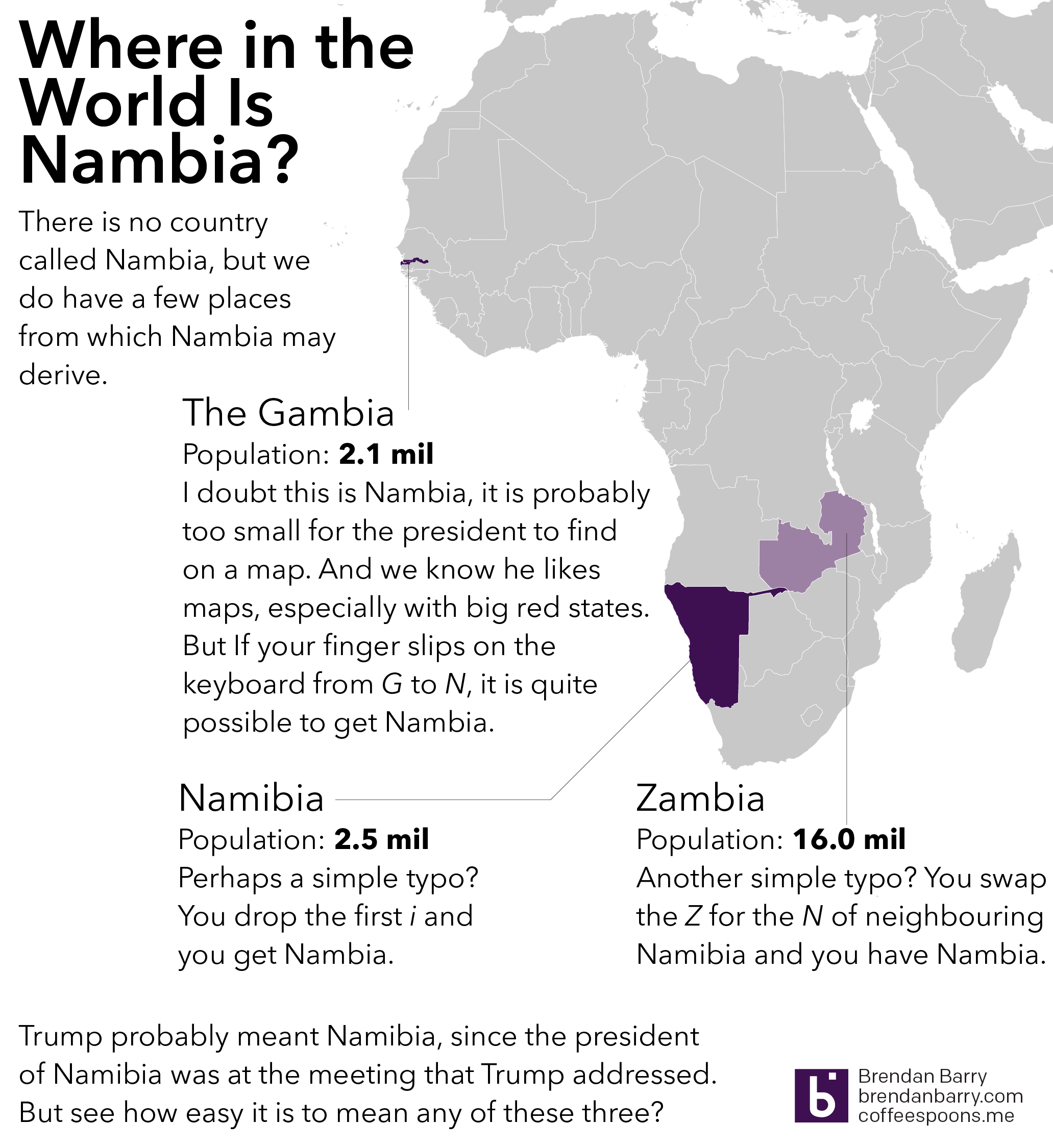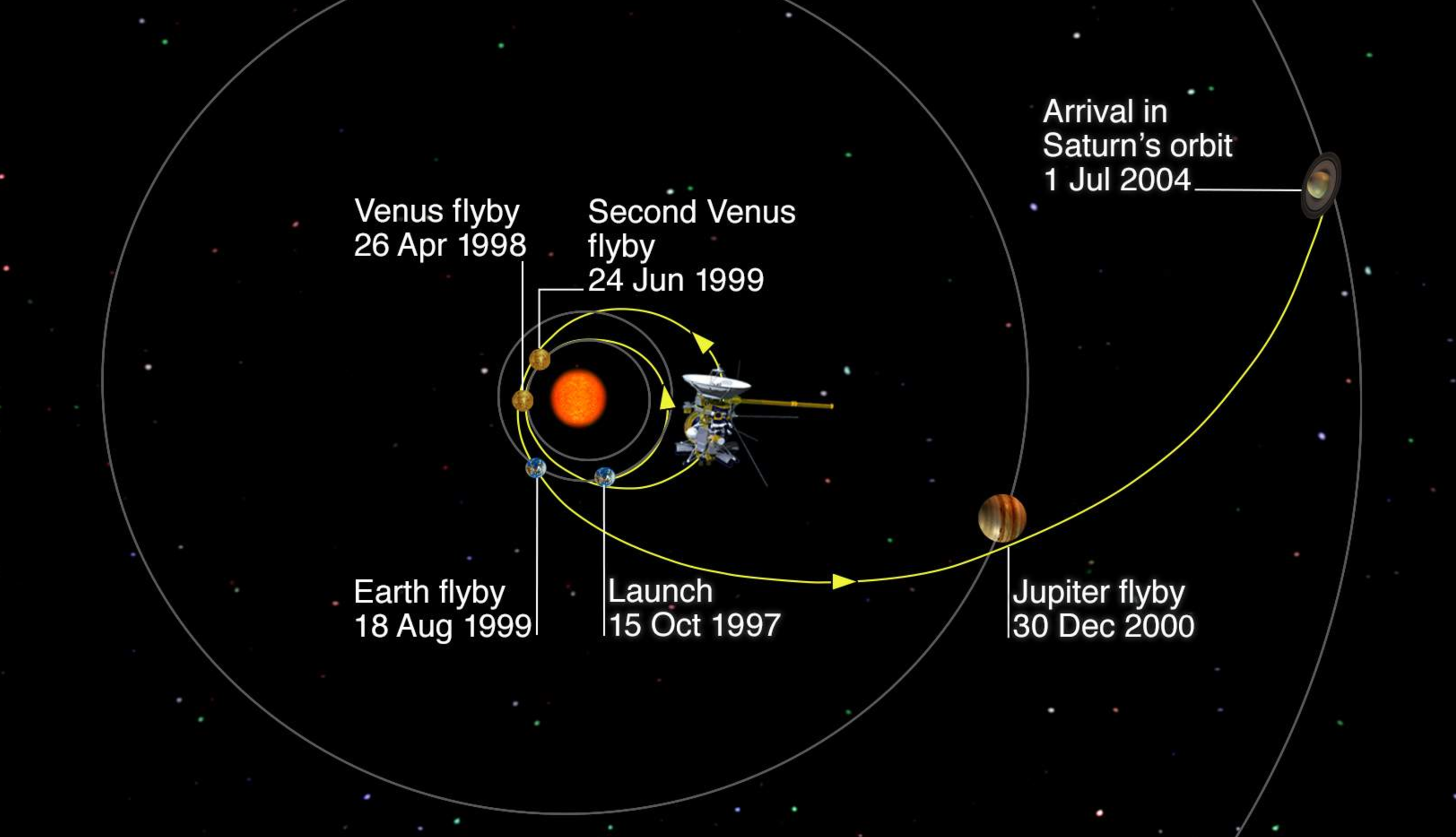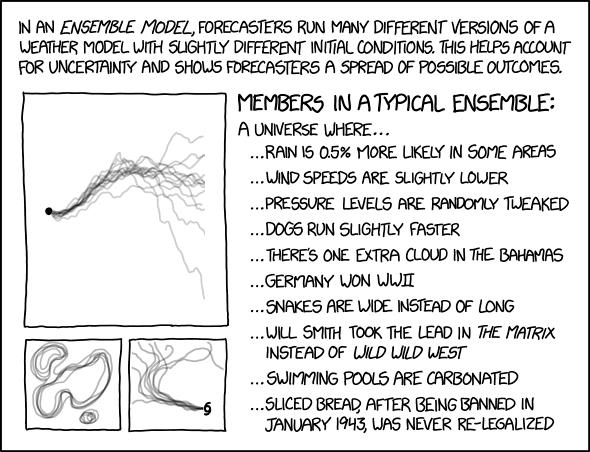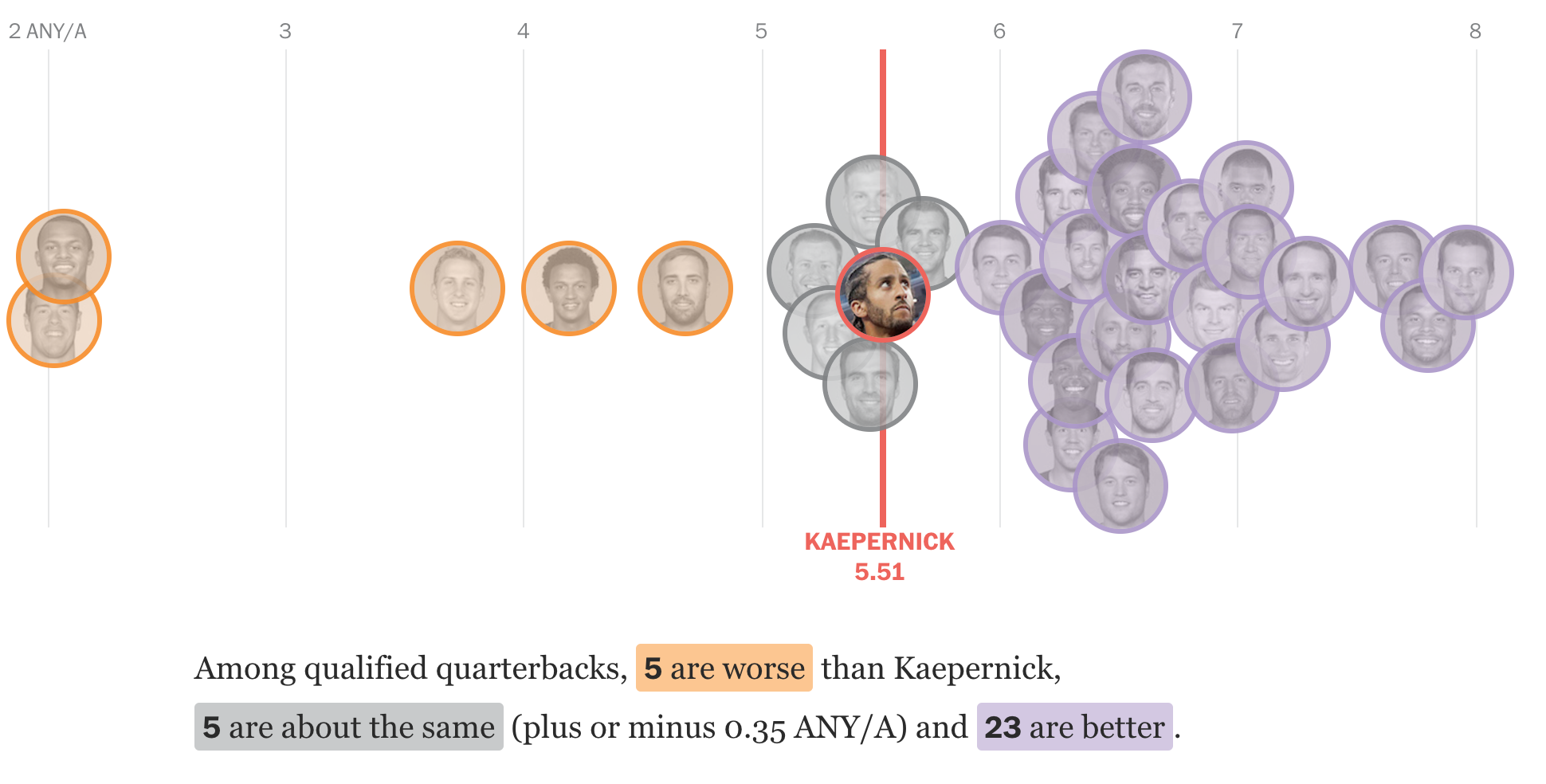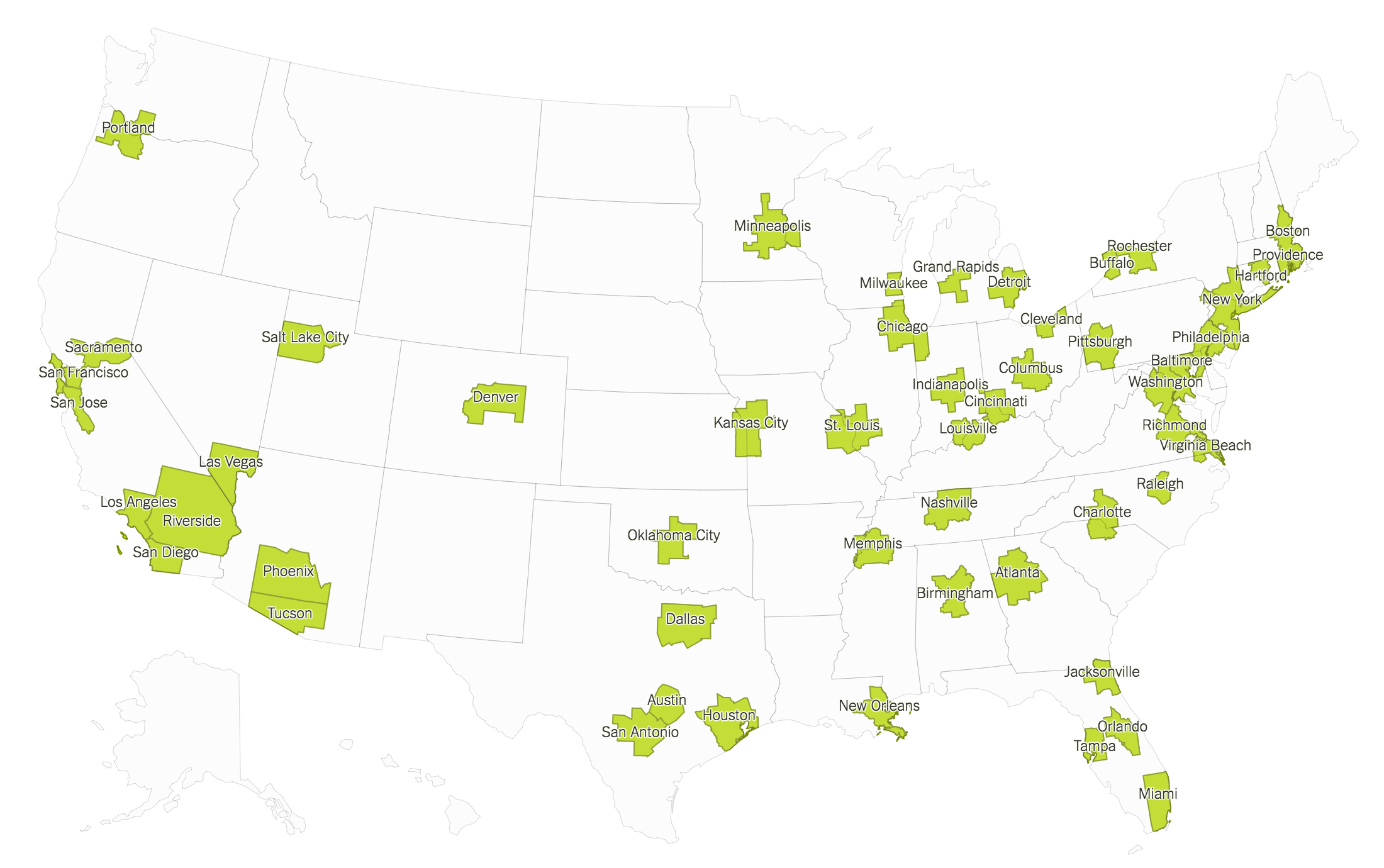A wee bit of housekeeping here at the top. Your author will be away for work and then enjoying a well-earned, but all-too-brief holiday over the next week.
At the end of the week, the Senate’s window to pass a budget reconciliation measure, i.e. what they need to do to repeal Obamacare with only 51 votes, will close for a year. As of my writing on Monday evening, Susan Collins has just become the third Republican no vote, effectively dooming the bill should it come to the floor for the vote.
But as the week progresses, I fully expect the bill’s authors to add some bells and whistles to try and sweeten the deal. But the problem has always been, the bells for the hardline conservatives push moderates away and the whistles for those same moderates drive away the same hardline conservatives. For the next year and a half or so, the best bet to pass a fix to healthcare is a bipartisan “repair Obamacare” instead of “repeal Obamacare”. Whether or not the Senate will have the stomach for such a compromise is yet to be seen.
In the meantime, this week we have a tracker from the Washington Post examining the latest positions of senators on the Cassidy-Graham bill.
It does a nice job of breaking up the Republican conference not just along the ideological spectrum, but also on the winners and losers spectrum. After all, the bill as written will transfer large sums of aid from states that accepted the expansion of Medicare to those states that rejected expansion.
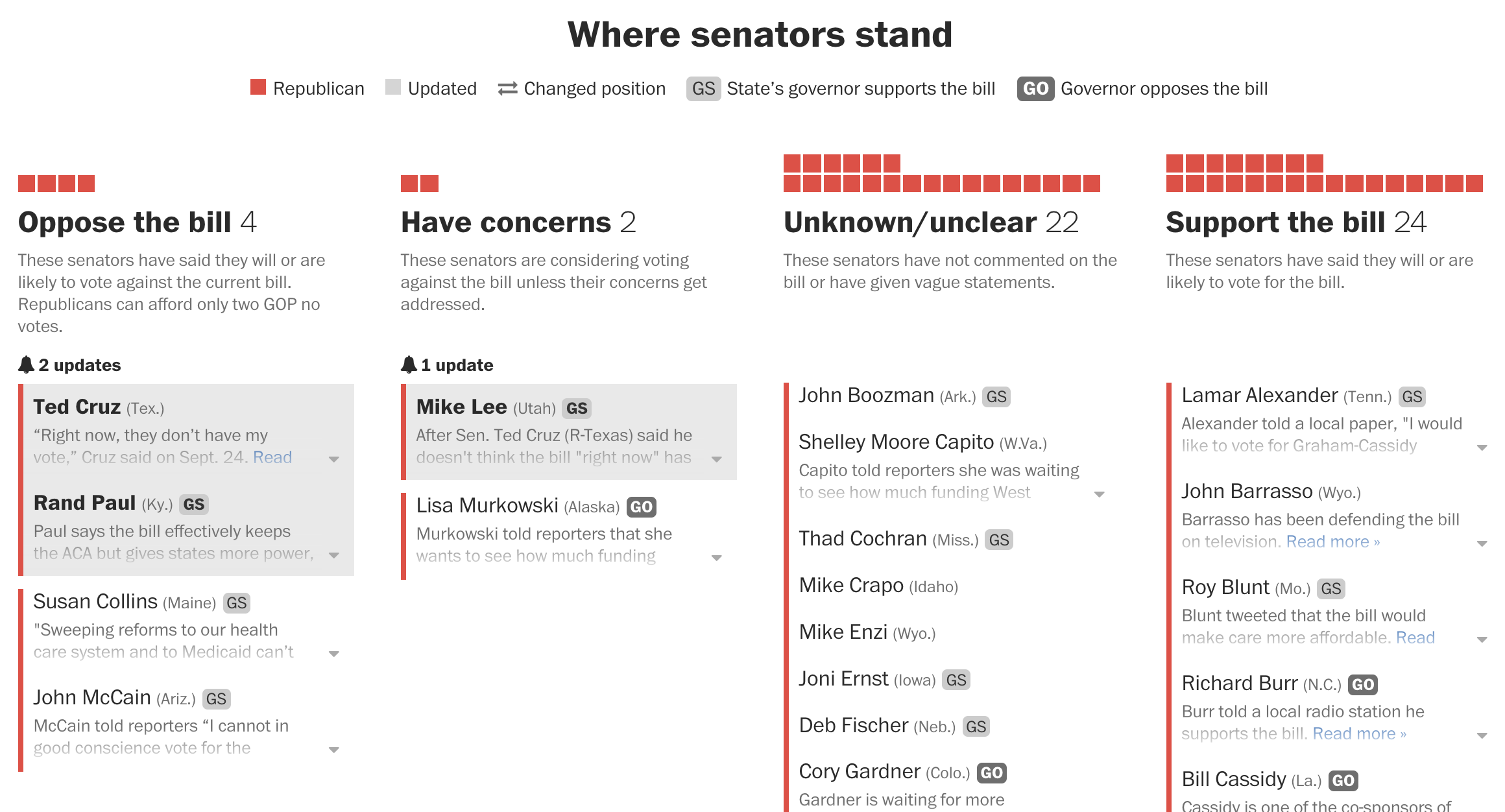
Credit for the piece goes to Kim Soffen, Amber Phillips, and Kevin Schaul.



